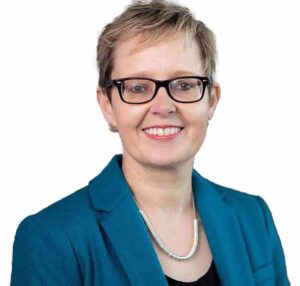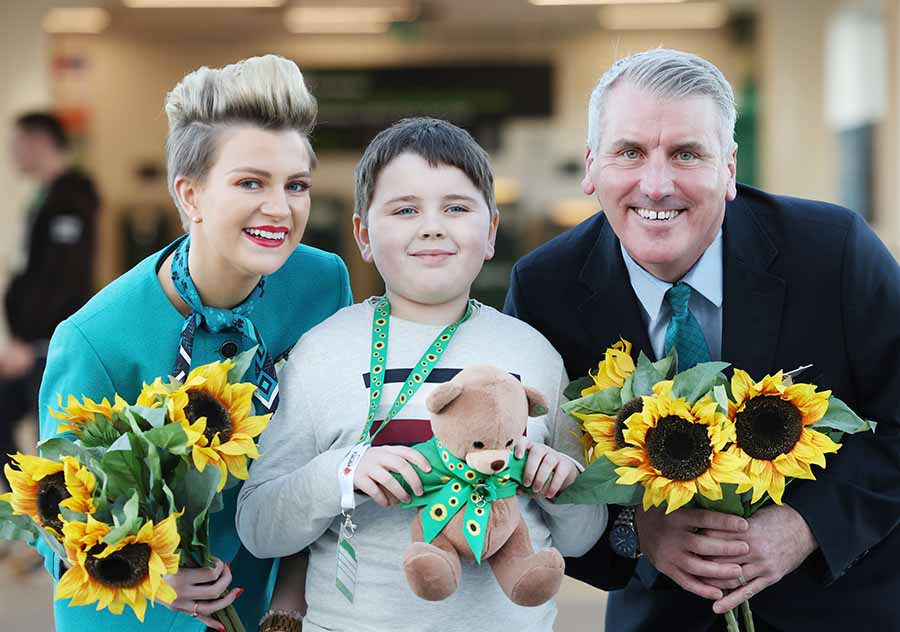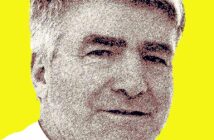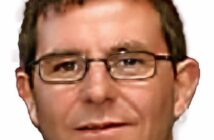
Aer Lingus has announced its membership in the Hidden Disabilities Sunflower programme to emplace its support for passengers with non-visible disabilities.
The programme allows individuals to wear a discreet symbol that signals their need for extra assistance, which is important as 1 in 5 people in Ireland lives with some type of disability, with 80pc having non-visible disabilities.
Aer Lingus’ customer-facing teams will undergo continuous training to better assist passengers displaying the Hidden Disabilities Sunflower.
The initiative received positive feedback, including from families like that of Andrew Elliott, an 11-year-old boy with autism, who expressed relief that wearing the lanyard visibly communicates the need for understanding and support during travel.
Susanne Carberry, Aer Lingus Chief Customer Officer, shared: “At Aer Lingus, we’re committed to connecting people, places and possibilities and our goal is to ensure that all Aer Lingus customers enjoy a seamless travel experience. By joining the Hidden Disabilities Sunflower program, we aim to ensure that all our customers, including those with non-visible disabilities, feel recognised and supported throughout their journey with us.”
Ruth Rabét, Global Business Director Hidden Disabilities Sunflower, shared:“Across Ireland, on in five people live with some form of disability. Of these, 80pc or approximately 880,000 people, live with non-visible disabilities. By wearing a Hidden Disabilities Sunflower, these people can subtly indicate to Aer Lingus staff that they may need additional support. Over 285 airports globally are also part of the Hidden Disabilities Sunflower network.
Ensuring an inclusive experience for passengers sits centrally to Aer Lingus operations. The Sunflower provides the staff with a visual cue that the wearer has a non-visible disability and signals that they may require an offer of support, extra time and understanding. The Sunflower enhances accessibility and contributes to a positive passenger journey.“




